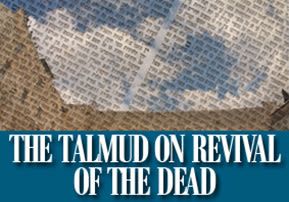
The Talmud on Revival of the Dead
Queen Cleopatra said to R. Meir: "I know that the dead will live again, for it is written,[16] 'And they shall blossom out of the city like grass from the earth', but when...

edited by Uri Kaploun
1. (Back to text) This is the 13th and last of Rambam’s Principles of Faith, in the paraphrased form that many Siddurim append to the morning prayers. (In their original form, the Principles appear in the Rambam’s introduction to his Commentary on the Mishnah of Sanhedrin, ch. 10.) See also Maimonides’ Principles by Rabbi Aryeh Kaplan (N.C.S.Y.).
2. (Back to text) Maamar Techiyas HaMeisim, (also known as Iggeres Techiyas HaMeisim – Letter on the Resurrection), beginning of ch. 4.
3. (Back to text) Daniel 12:2.
4. (Back to text) Ibid., v. 13.
5. (Back to text) Sanhedrin 90a.
6. (Back to text) Hilchos Teshuvah 3:6.
7. (Back to text) Avos (“Ethics of the Fathers”) 4:22.
8. (Back to text) Sanhedrin 90a, in the mishnah.
9. (Back to text) See at length in ch. 5 and in Appendix 2 (below). See also Rashi on the above-quoted mishnah. Midrash Shmuel on Avos understands Rashi to mean – and Bartenura holds likewise – that although the previous chapter of Sanhedrin referred to those liable for capital punishment, they too have a share in the World to Come.
10. (Back to text) Rashi comments: “I.e., he denies the validity of the Scriptural interpretations – at the [non-literal] level of derush – through which the Gemara below proceeds to derive Scriptural authority for the concept of Resurrection. Even if he concedes and believes that the dead will be resurrected, but denies that this belief is alluded to in the Torah, he is a heretic (kofer). Since he denies its Biblical source, of what value to us is his faith? From where does he know that this is the case? Accordingly, he is unequivocally considered a heretic.”
11. (Back to text) Sanhedrin 90b.
12. (Back to text) In the expositions that follow, the word “Torah” sometimes embraces the entire Tanach. See at length in Margaliyos HaYam on Sanhedrin 92a, sec. 3.
13. (Back to text) Bamidbar 18:28.
14. (Back to text) See ch. 11 below.
15. (Back to text) Shmos 6:4. See Maharsha and Rif on Ein Yaakov. The Gemara in Sanhedrin 90b quotes a similar verse (Devarim 11:21, which is read in the course of the daily Shema) as part of Rabban Gamliel’s response to the heretics. Ben Yehoyada (on Sanhedrin, loc. cit.) discusses why Rabban Gamliel did not instead refer his disputants to the earlier verse in Shmos.
16. (Back to text) Tehillim 72:16.
17. (Back to text) Citing Kesubbos 111a, Rashi teaches that the righteous will pass through subterranean tunnels and be resurrected in Jerusalem. See ch. 7 below.
18. (Back to text) The Gemara often draws analogies with the wheat grain. (In Kesubbos 111b the Gemara cites the same answer in the name of R. Chiya bar Yosef.) Ben Yehoyada (on Sanhedrin 91a) points out that arguments of this kind are intended merely to provide additional support for beliefs which are based on Biblical verses. He aptly quotes the verse (Devarim 8:3), “Man does not live by bread alone: man lives on that which comes forth from G-d’s mouth,” and concludes: Ultimately, our faith is not nourished by arguments based on a grain of wheat, but by the words that come forth from G-d’s mouth.
19. (Back to text) Why did she interject? Ben Yehoyada explains that since she was afraid that Rabban Gamliel might say that gentiles would not be resurrected, she offered her own inoffensive answer. He goes on to explain that the emperor in fact believed in G-d, but he was perplexed by the concept of Resurrection, for it appeared to defy the principle that “there is nothing new under the sun” (Koheles 1:9). Hence his daughter’s answer: any process which already exists may be a prototype for Resurrection.
20. (Back to text) Rashi: “From a drop of semen which resembles water.”
21. (Back to text) See Likkutei Sichos, Vol. XVIII, p. 247.
22. (Back to text) Sanhedrin 91a.
23. (Back to text) Rashi offers two alternative ways of understanding this parable: (a) If G-d can create man from a small drop which is almost intangible, surely He can create him from dust; (b) G-d created the entire universe out of chaos.
24. (Back to text) Margaliyos HaYam cites Tiferes Yisrael on Chullin 9:6 to the effect that such a mouse exists in Egypt.
25. (Back to text) Sanhedrin 91b.
26. (Back to text) Yirmeyahu 31:8.
27. (Back to text) Yeshayahu 35:6.
28. (Back to text) And thus be identifiable (Bereishis Rabbah 95:1) See also Margaliyos HaYam, and ch. 9 below.
29. (Back to text) Yeshayahu 25:8.
30. (Back to text) Ibid. 65:20.
31. (Back to text) Ibid. 61:5.
32. (Back to text) See ch. 10 below.
33. (Back to text) Devarim 32:39.
34. (Back to text) Rashi: “As with the above teaching [of Resh Lakish].”
35. (Back to text) Shmos 15:1.
36. (Back to text) Margaliyos HaYam cites many sources for this teaching in the Zohar.
37. (Back to text) Tehillim 84:5.
38. (Back to text) Yeshayahu 52:8.
39. (Back to text) Sanhedrin 92a.
40. (Back to text) Devarim 33:6.
41. (Back to text) “The verse does not say ‘all who sleep…shall awaken,’ because this… would include all of mankind, and G-d made this promise only to Israel; hence the verse says, ‘Many of those who sleep…shall awaken.’ Moreover: the phrase, ‘some to everlasting life, and some to reproach and everlasting contempt,’ does not mean that among those who are resurrected some will be rewarded and some punished, for those who deserve punishment will not be resurrected at the time of the Redemption. Rather, it means that those who awaken will have everlasting life, and those who will not awaken will be destined to reproach and everlasting contempt. For all the righteous [including those] who repented, will live; only the unbelieving and those who died without repentance will remain. All this will happen at the time of the Redemption.” – R. Saadiah Gaon, Emunos VeDeos, ch. 7. See also Ibn Ezra (ad loc.); Rambam, Peirush HaMishnah, on Sanhedrin, ch. 10; Ramban, Shaar HeGemul, ch. 11; Or HaShem, Part 3, 4:4, p. 77. See, however, Abarbanel, Maayanei HaYeshuah, p. 11a.
42. (Back to text) Mishlei 30:15, 16.
43. (Back to text) Rashi cites the verse (Yeshayahu 27:13), “And it shall be on that day, that a great Shofar shall be sounded….” The Midrash entitled Osios deRabbi Akiva elaborates (sec. 9): “How will the A-mighty resurrect the dead in the time to come? He will take up a Shofar a thousand cubits long and will sound it, and it will reverberate from one end of the world to another. With the first blast the world will be in an uproar; with the second, the earth will split,” and so on. See also Pirkei deRabbi Eliezer, sec. 34.
44. (Back to text) Yeshayahu 4:3.
45. (Back to text) Sanhedrin 113a.
46. (Back to text) Cf. the mishnah at the end of Tractate Sotah, “Resurrection comes through Eliyahu (the Prophet Elijah).” (According to Emek HaMelech, Shaar Olam HaTohu, sec. 29, this means that the key to the dew of Resurrection was entrusted to the hands of Eliyahu.) The Jerusalem Talmud (Shekalim 3:3) states, “Resurrection brings about [the coming of] Eliyahu.” See the comment of Ran on Avodah Zarah 20b.
47. (Back to text) Kesubbos 111b. See also Tanna dvei Eliyahu, sec. 5.
48. (Back to text) Yeshayahu 26:14.
49. (Back to text) “G-d does not desire that you judge Israel so harshly” (Rashi on the same sentence in Sanhedrin 111a).
50. (Back to text) Yeshayahu 26:19.
51. (Back to text) A footnote in Likkutei Sichos, Vol. XI, p. 193, observes that Yalkut Shimoni on this verse writes that “the dew of the Torah will revive him”; so, too, Tanya, ch. 36. See also: Jerusalem Talmud, Berachos 5:2; Shabbos 88b; Likkutei Torah, Parshas Haazinu, p. 73c. The maamar entitled Samchuni (in Sefer HaMaamarim 5660) explains that or Torah (“the light of the Torah”) signifies razin (the secrets of the Torah) while tal Torah (“the dew of the Torah”) signifies razin derazin (the innermost secrets of the Torah).
52. (Back to text) Devarim 4:4.
53. (Back to text) Ibid., v. 24.
(Back to text) II Melachim 19:34.




 Three[
Three[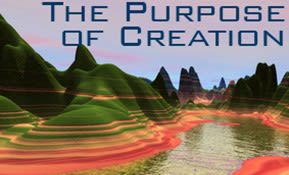


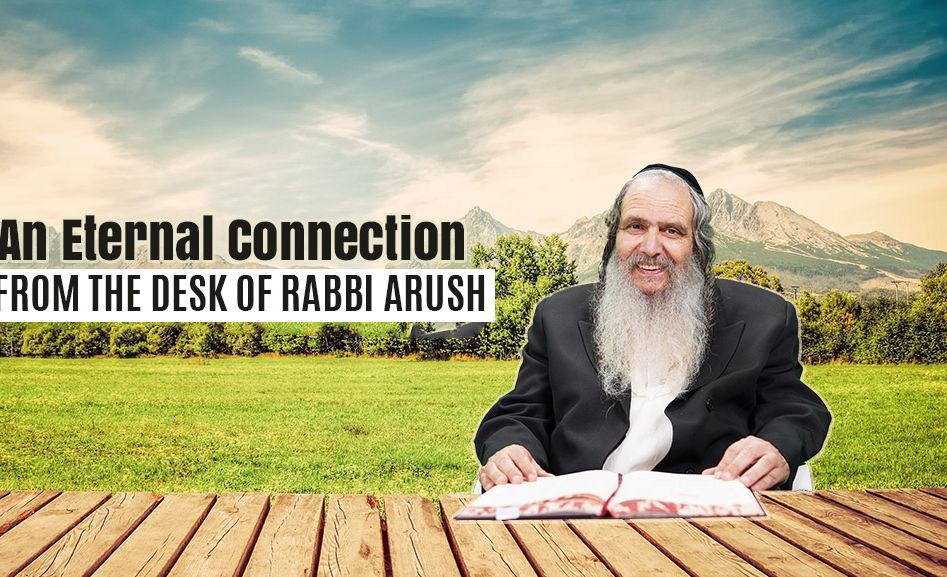

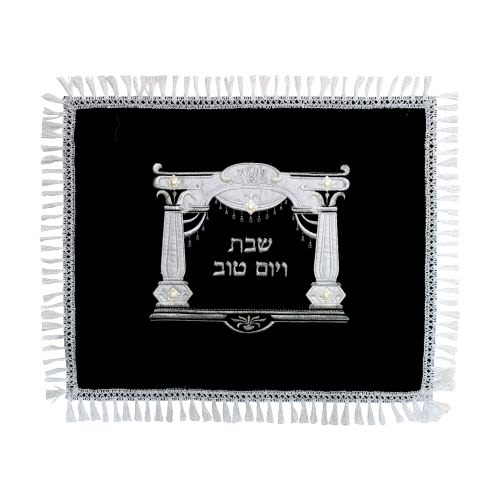


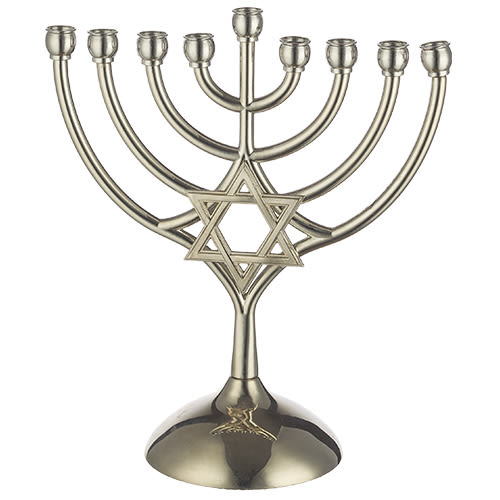
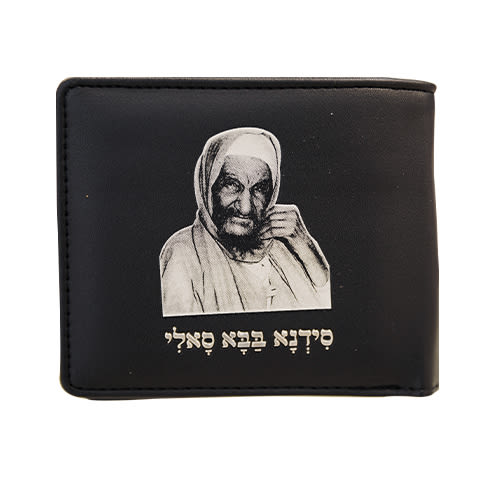
Tell us what you think!
Thank you for your comment!
It will be published after approval by the Editor.